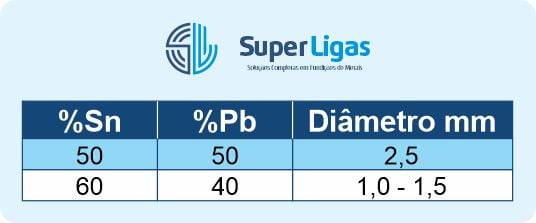Description
Description
One of the most common forms of solders is the wire solder due to its versatility. Its composition is through tin and lead, and the proportion of materials may vary according to the purpose of application of the solder.
MAIN APPLICATIONS AND USAGE OF TIN WIRE
Some of the main ratios of tin and lead, in the same order, used in the production of tin wire and its applications can be as follows:
- alloy 50 x 50: commonly used in hydraulic installations, but also in automotive radiators and even in industrial-type heat exchangers using copper tubes and Galvanoplasty;
- alloy 60 x 40: with application more focused on electronics, terminals and connectors of electrical cables, components that make up printed circuit boards and others;
The most common materials in which tin wire is applied are: aluminum, brass, copper and bronze.
Because it has a low melting point between 183 and 189 C, the tin wire can be melted and applied through low power welding irons or LPG (liquefied petroleum gas) torches.

Application: Welding in the most diverse areas: Electronics, Informatics, Telecommunications, Hydraulics, Automobiles (Radiators), Galvanized (Electroplating), among others.
ATTENTION: We manufacture solders with special compositions and diameters and also LEAD FREE, upon consultation with our Commercial Department.


